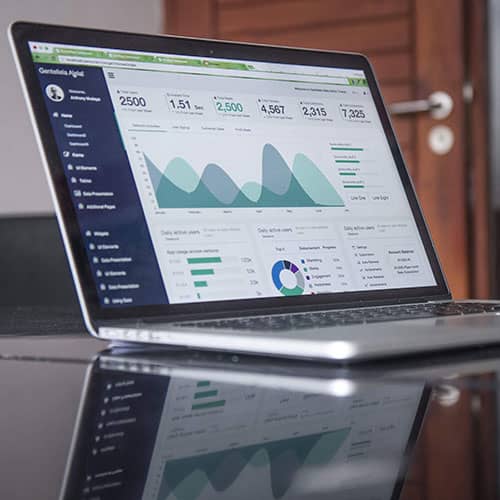Case Study: Optimizing Resource Utilization in a Trading Company
How Bridge Global Audits Drives Business Excellence
At Bridge Global Audit, we believe in the power of storytelling to illustrate the transformative impact our consultants and partners have had on businesses. Our case studies showcase real-life examples where our expertise in operational audits has led to significant improvements and better business outcomes for our clients. Each story reflects the unique challenges and successes of the businesses we work with. By sharing these experiences from our point of view, we create a genuine connection with potential clients, highlighting our commitment to their success.
Explore our success stories to see how we’ve helped businesses like yours achieve remarkable results through strategic, personalized operational audits.

Problems
A mid-sized trading company faced significant challenges in resource utilization, impacting their overall efficiency and profitability. The primary issues identified were:
- Personnel Utilization: Employees were either overburdened with tasks or had idle time due to poor task distribution and scheduling inefficiencies.
- Equipment Utilization: Warehouse equipment such as forklifts and pallet jacks were either underutilized or overused, leading to maintenance issues and downtime.
- Material Management: Inefficient inventory management led to overstocking of some items and stockouts of others, causing disruptions in operations and increased holding costs.

Actions
Recommending Strategies for Optimizing Resource Allocation and Minimizing Waste
- Personnel Optimization:
- Conducted a comprehensive time-and-motion study to understand task allocation and employee productivity.
- Implemented a shift scheduling system based on peak and off-peak trading hours to ensure optimal staffing levels.
- Provided cross-training for employees to enhance flexibility and cover for absences or peak workloads.
- Equipment Utilization:
- Introduced a centralized equipment tracking system to monitor usage patterns and maintenance schedules.
- Implemented a preventive maintenance program to reduce equipment downtime and extend lifespan.
- Optimized equipment allocation based on real-time demand and operational needs.
- Material Management:
- Implemented an advanced inventory management system with real-time tracking and automated reordering based on predictive analytics.
- Conducted regular inventory audits to identify and eliminate obsolete or slow-moving stock.
- Optimized warehouse layout to reduce handling time and improve material flow.

Results
Quantifiable Improvements Post-Implementation
Labor Costs: Reduced by 20% due to optimized shift scheduling and better task distribution.
Equipment Downtime: Decreased by 10% through effective maintenance and usage tracking.
Inventory Holding Costs: Lowered by 40% as a result of improved inventory management and reduced overstocking.
Order Fulfillment Time: Halved from 48 hours to 24 hours, enhancing operational efficiency.
Employee Productivity: Increased by 15%, driven by better resource allocation and cross-training initiatives.
Customer Satisfaction: Improved by 15%, reflecting faster and more reliable order processing.